3A The beginnings
In this lesson you will:
- learn new vocabulary related to historic and cultural background;
- listen to a text about the history of Britain and check your understanding;
- read a text about Stonehenge and check your understanding;
- revise the forms of the Present Simple Passive;
- learn the forms of the Past Simple Passive;
- talk about a historical site.
In your notebook, match the words with the pictures. Then go to the next slide and check your answers.
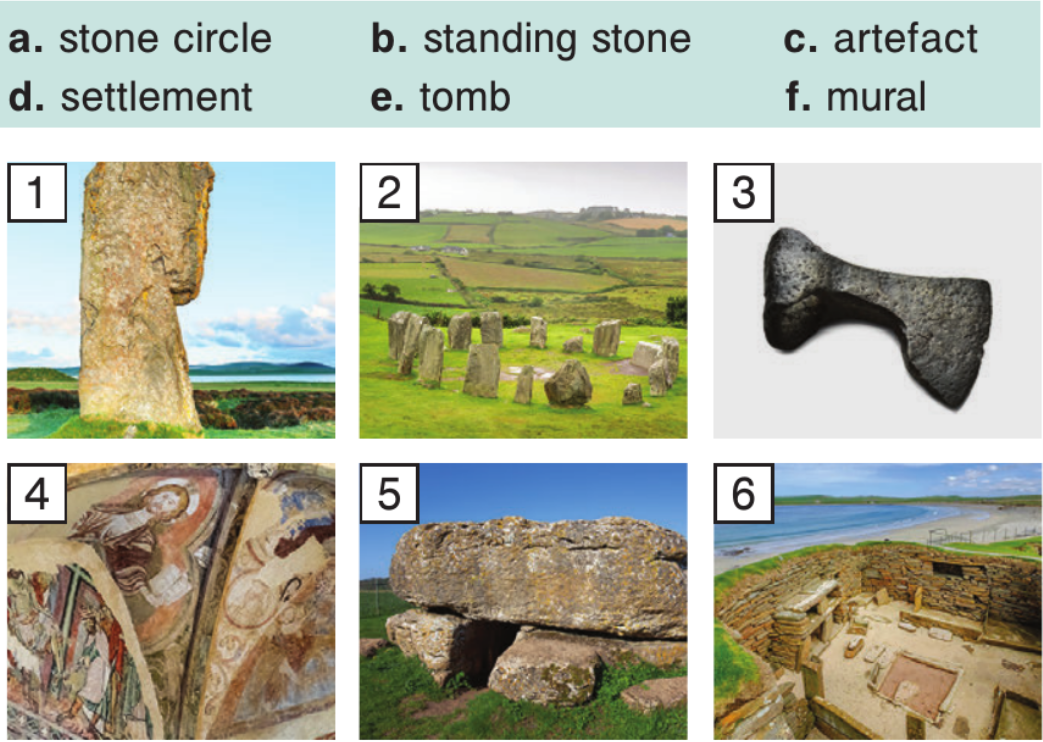
Flip the cards, listen, check and repeat.
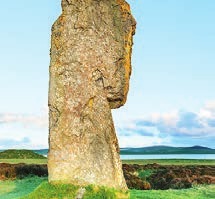
/ˈstændɪŋ stəʊn/
менхир
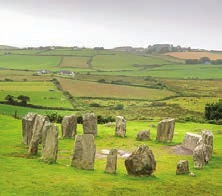
/ˌstəʊn ˈsɜːkl/
каменен кръг
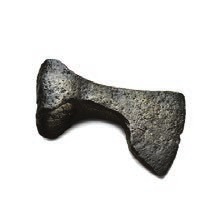
/ˈɑːtɪfækt/
артефакт

/ˈmjʊərəl/
стенопис
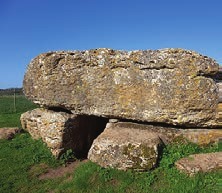
/tuːm/
надгробен камък
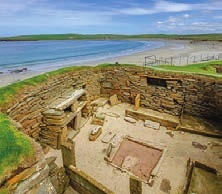
/ˈset(ə)lmənt/
селище
Важно!
ГОДИНИ
Пишем и произнасяме годините по следния начин:
1066 ten sixty-six
1605 sixteen oh five
1776 seventeen seventy-six
1900 nineteen hundred
2000 (the year) two thousand
2001 two thousand and one ИЛИ twenty oh one
Не произнасяме думата ‘year’ след числото!
ДАТИ
1. Казваме датите по два начина, например:
15 September: the fifteenth of September (BrE), September (the) fifteenth (AmE)
2. Когато пишем дата с цифри, използваме наклонени черти, а не точки, например 3/11/89.
NB! Не пишем нула пред единично число.
3. В американския английски месецът се поставя пред датата, например 5/3/20 е 5th March във Великобритания и 3rd May в САЩ.
4. BC (Before Christ) означава „преди Христа“. Поставя се след датата и се превежда като „преди новата ера/преди Христа (пр.н.е./пр.Хр.)“. Със същия смисъл може да се използва и съкращението BCE (Before Common Era).
AD (Anno Domini) означава „в годината на Бог“. Поставя се преди датата и се превежда като „от новата ера/след Христа (от н.е/сл. Хр.)“. Със същото значение може да се използва съкращението CE (Common Era).
ИМЕНА НА МОНАРСИ
Сигурно сте забелязали, че монарсите често имат едни и същи имена. За да не ги бъркаме, ги наричаме с техните имена и добавяме римски цифри. Например пишем Henry VIII, а изговаряме Henry the eighth.
Listen and fill in the years on the timeline in
your notebook. Then go to the next slide and
check your answers.

Check your answers.

Listen again and say true or false.
Correct the false statements.
Click the buttons and check your answers.
How did the Romans change Britain?
Watch the video and write down at least
three things the Romans brought to Britain.
Read the text about Stonehenge and choose
the correct answers. Click the buttons and
check your answers.
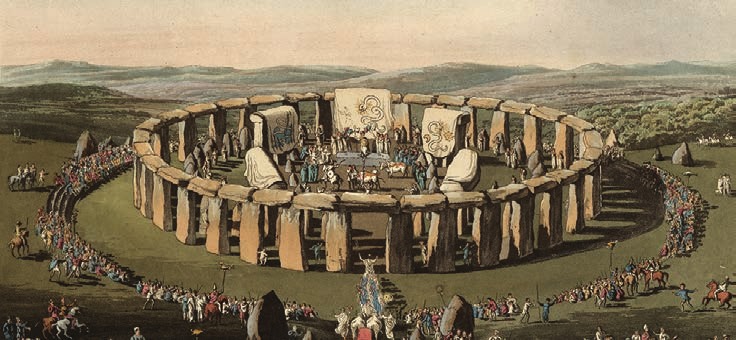
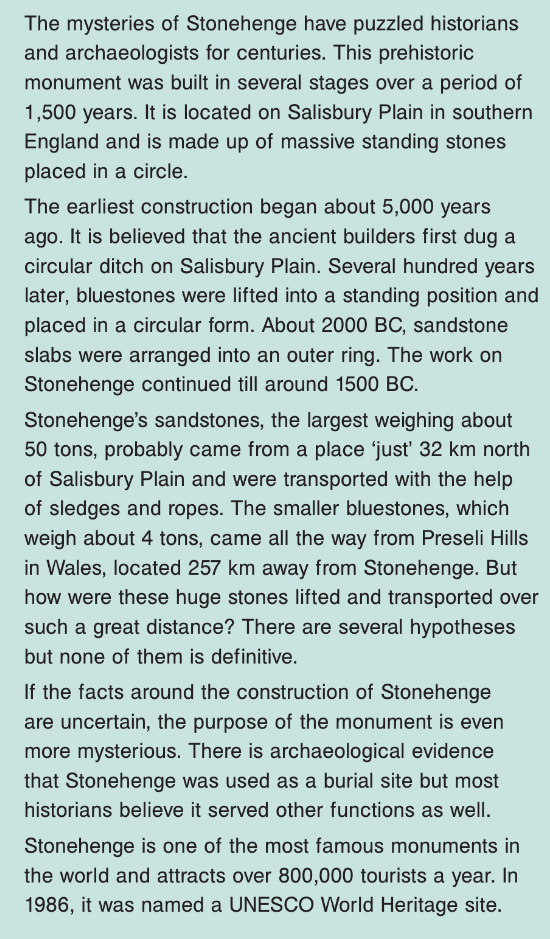
How was Stonehenge created? Watch the video and write down the names of at least three instruments used in the construction of the monument.
Read the Refresh Your Memory box and answer the questions. Flip the card and check your answers.
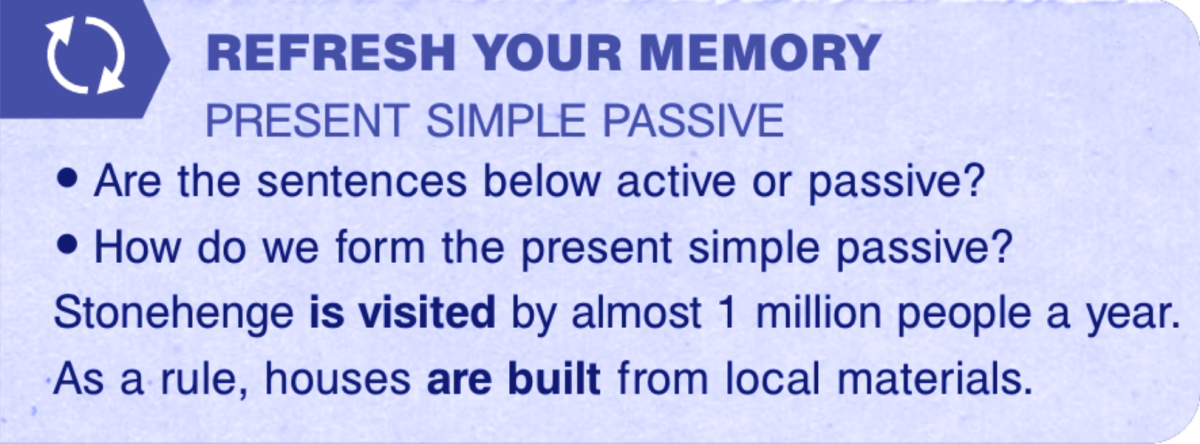
Study the examples. Then read the rules.
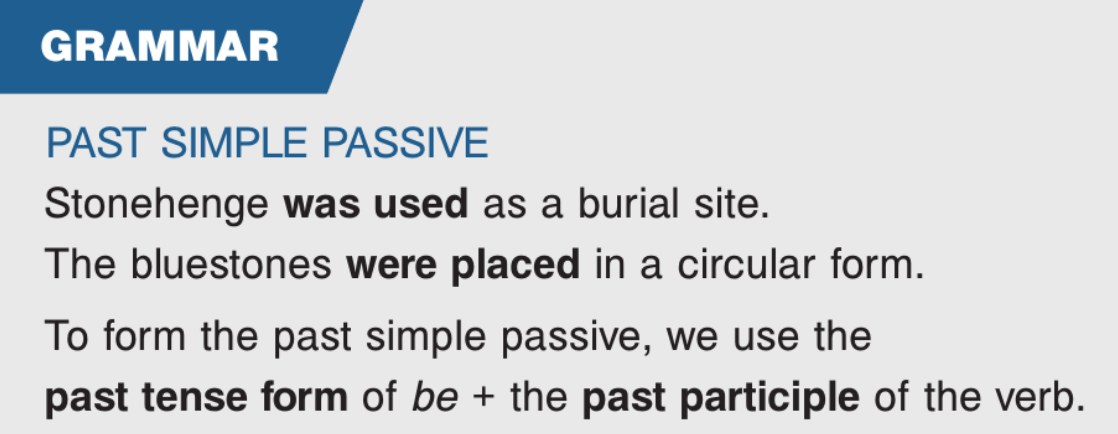
Try to translate the passive forms into Bulgarian. What tenses and forms do we use?
Flip the card and check your answers.
The bluestones were placed in a circular form.
(със сегашно историческо време, изявително наклонение) Стоунхендж бил използван като място за погребения.
(минало време, преизказно наклонение) Сините камъни са подредени в кръг.
(със сегашно историческо време, изявително наклонение) Сините камъни били подредени в кръг.
(минало време, преизказно наклонение)
Важно!
We use the passive when we are more interested in the action than in the doer. Sometimes we want to mention the doer of the action. Then we add by + the person or thing at the end of the sentence.
Watch the video about the passive. Why do we use it?
In your notebook, complete the sentences with
the correct form of the verb: active or passive.
Flip the cards and check your answers.
1. The Normans … impressive castles. 2. Windsor Castle … by William the Conqueror.
1. Britain … by the Romans in 43 AD. 2. Emperor Claudius … Britain in 43 AD.
1. The Tudor kings and queens … England from 1485 to 1603. 2. England … by five Tudor monarchs.
Watch the short videos below and choose a historical site from the pictures. Ask and answer in pairs.
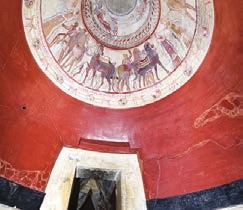
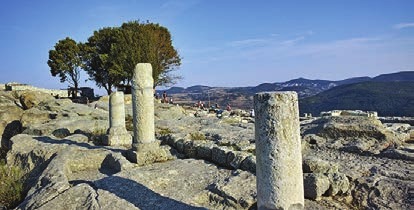
Kazanlak tomb
The ancient Thracian city of Perperikon
Now you can:
- understand texts about the historical and cultural background of Britain;
- use the Past Simple Passive correctly;
- describe a historical site.